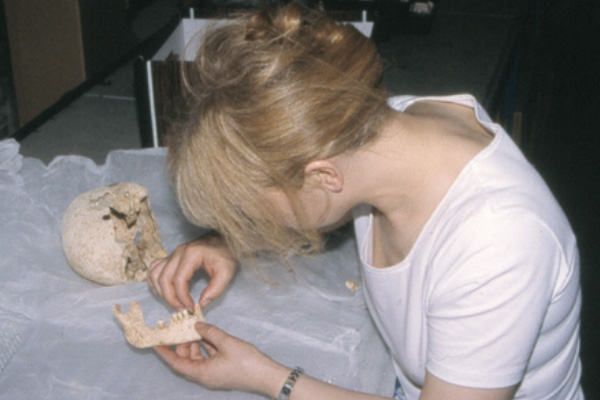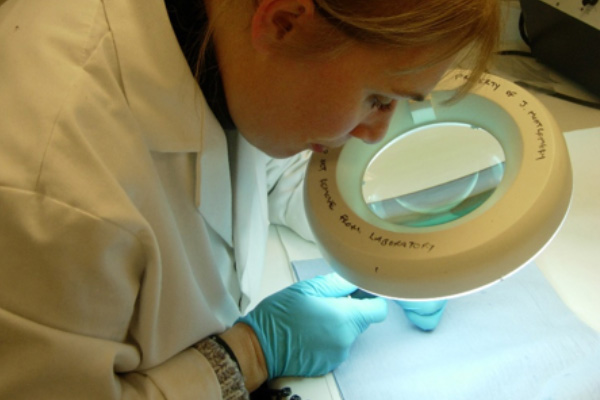Collectively, work packages 1 to 3 present a generalised picture of diet at the level of establishment/domestic assemblage. This study approaches diet from a different perspective by applying methods of multi-isotope collagen analysis, to consider individual diets in a range of comparative contexts.
This method has recently been used in an Irish context to address a range of topics from prehistoric mobility to paleo-dietary issues spanning the Neolithic to Post-Medieval periods. It will be integrated here to test its use in an early modern context. The team, with input from an osteologist, will select remains (tooth/bone) from archaeological sites, identified in the Mapping Diet work package, representing diverse functions and social/ethnic groups.
The study will utilise a suite of isotopes to first broadly establish the population composition of the sites and then to examine diets in relation to:
a) migratory/settlement patterns
b) impact of religious reformation, social class and geographic location on diet (identifiable through the distinction between terrestrial and marine based diets and plant v meat/milk protein)
c) impact of war/famine on comparative diets
d) impact of dietary regimes on human tissue




